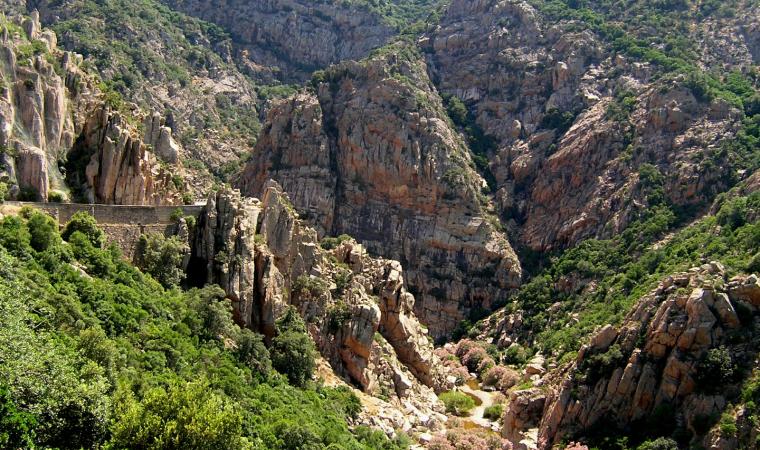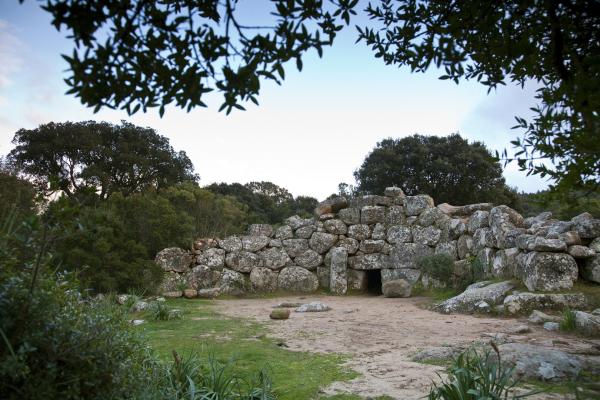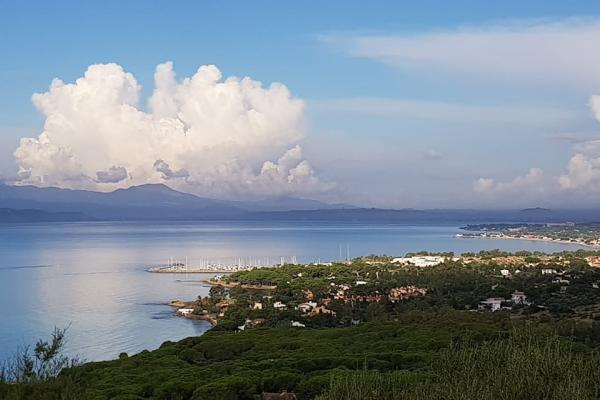Climbing up the eastern side of Monte di Serpeddì, at an altitude of 700 metres above sea level (compared to one thousand of the mountainous massif), is the town of southern Sardinia that has more characteristics and appearances of a mountain town. The name of Burcei, a Municipality of three thousand inhabitants, derives from burrei – a ‘herd of oxen’ – as a confirmation of the local pastoral tradition. The town arose towards the end of the 17th century when a number of families of breeders from Barbagia coming from Sinnai, Settimo San Pietro and Villasalto areas occupied the mountainous land, dotted with woods and springs, being particularly suitable for pastoralism, on which the local economy is still based. They settled near the spring Sa Mitza de su Salixi which, until the end of the 20th century, remained the centre of the town. The inhabited area preserves structures from the ancient Sardinian architectural tradition, which are clustered around three small piazzas. From the centre, an endless panorama can be admired, with views overlooking Cagliari and the Poetto beach.

Town
A unique and characteristic mountain village in south-eastern Sardinia, Burcei lies 50 km from Cagliari, surrounded by lush vegetation rich in pastures
A unique and characteristic mountain village in south-eastern Sardinia, Burcei lies 50 km from Cagliari, surrounded by lush vegetation rich in pastures
See this place because...
The Burcei delicacies are captivating, especially the cheeses, meats and cherries, produced by a community of ancient pastoral origins and deep-rooted traditions
Pictures and videos
You may also like
More attractions in the vicinity
Nearby hotels and accommodations

BURCEI
0 km

BURCEI
0 km

SINNAI
5 km














